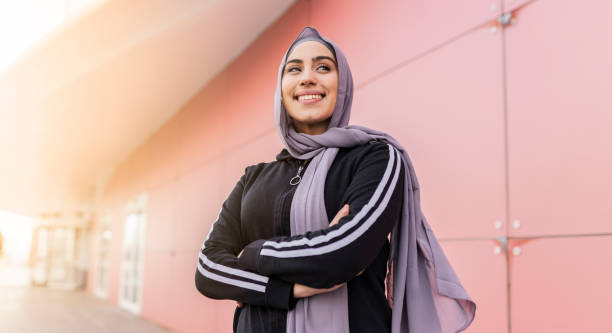Finding the Perfect Hijab for Your Face Shape: A Guide for Every Woman
Introduction: The hijab is a beautiful and versatile garment worn by millions of women around the world as a symbol of modesty, faith, and personal expression. With so many styles and designs available, it’s important to choose the right hijab that complements your face shape and enhances your natural features. In this blog post, we will explore different face shapes and offer guidance on selecting the perfect hijab to accentuate your beauty.
Oval Face Shape:
Women with oval-shaped faces are blessed with balanced proportions and softly rounded features. This face shape is versatile and suits most hijab styles. Opt for hijabs with voluminous folds or drapes to add depth and dimension to your look. Experiment with various hijab styles like the Turkish, Kuwaiti, or Al-Amira, which can be worn snugly around the face, highlighting your lovely cheekbones and jawline.
Round Face Shape:
For women with round faces, the goal is to create the illusion of length and minimize the roundness of the face. Choose hijabs with vertical designs or prints to elongate your face. Try wearing your hijab in a loose, flowing style, such as the Moroccan or Shayla, leaving some extra fabric around the sides to create a slimming effect. Avoid hijabs that are wrapped too tightly around the face, as they can accentuate the roundness.
Square Face Shape:
Square-shaped faces are characterized by strong, defined jawlines and angular features. Soften the angles and add femininity by opting for hijabs with rounded edges or curved draping styles. Consider wearing hijabs like the Shayla or the Pashmina, which can be draped diagonally across the shoulders and loosely around the face. This will help to soften the jawline and create a more balanced appearance.
Heart Face Shape:
Heart-shaped faces have wider foreheads and narrower chins. The aim is to balance out the proportions and draw attention away from the forehead. Choose hijabs that are wrapped closer to the face, covering the forehead slightly. The Hijab Turban or the Instant Hijab styles are ideal choices as they provide coverage at the front, with the remaining fabric cascading down gracefully. This will create a harmonious look and soften the forehead area.
Rectangular Face Shape:
Rectangular faces have strong, defined features and a longer shape. The goal is to create the illusion of width and soften the angularity of the face. Opt for hijabs with width-enhancing styles, such as the Moroccan or the Kuwaiti hijab, which can be worn in a slightly loose manner to add volume to the sides of the face. Avoid tight wrapping styles that may further elongate the face.
Conclusion:
Selecting the right hijab for your face shape can elevate your overall look and enhance your natural beauty. Whether you have an oval, round, square, heart, or rectangular face. There are hijab styles and draping techniques that can flatter your features. Experiment with different fabrics, prints, and folds to find the perfect hijab. That suits your personal style and complements your unique face shape. Remember, the hijab is not just a religious or cultural symbol. But also a fashion statement that allows you to express your individuality with grace and elegance.




